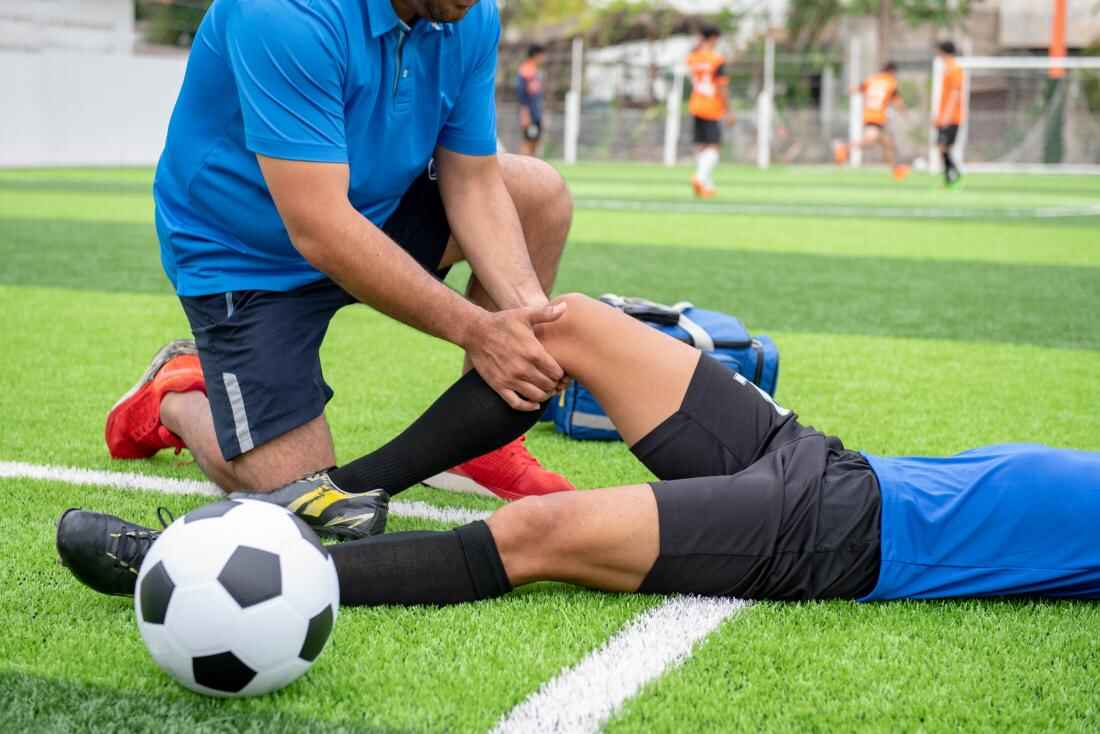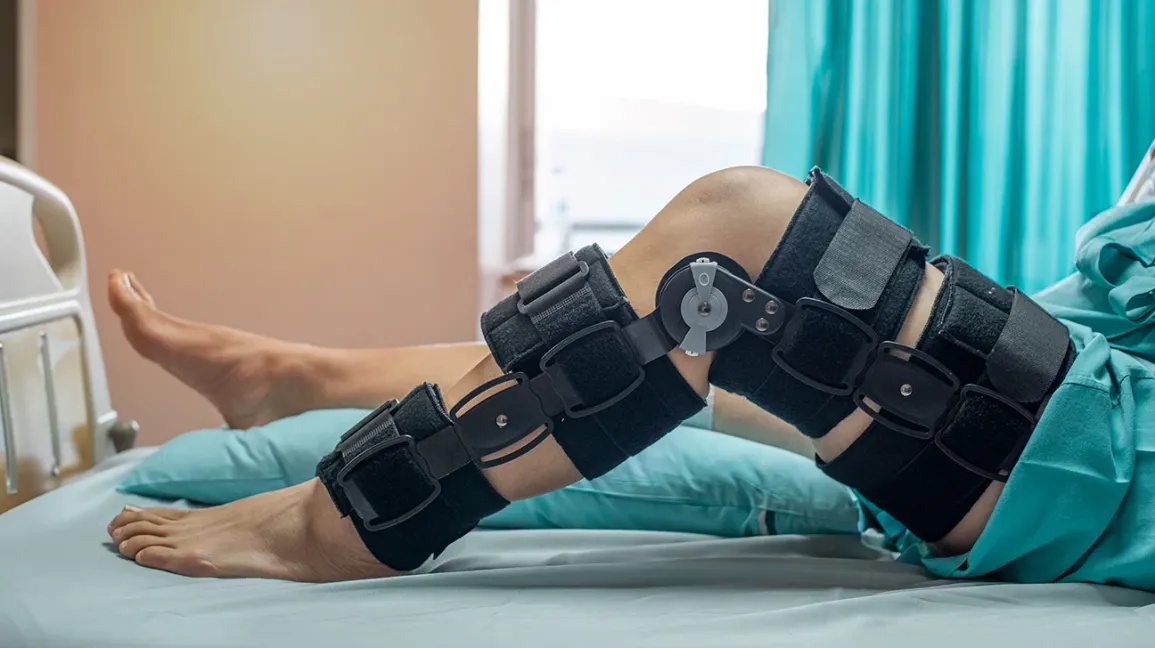Anterior Cruciate Ligament (ACL) injuries are common, impacting individuals of all activity levels. In this comprehensive overview, we’ll delve into the various types of ACL injuries, providing insights into their causes, symptoms, and treatment options. Whether you’re an athlete or someone navigating daily life, understanding these injuries is crucial for informed decision-making and effective recovery.
Types of ACL Injuries:
ACL Sprains:
The most prevalent kind of ACL damage is an ACL sprain. They typically occur when the ligament is stretched beyond its normal range, often due to sudden stops, changes in direction, or direct impact. The severity of sprains is classified into three grades, ranging from mild to severe.
ACL Tears:
Complete tears of the ACL can occur when the ligament is torn either partially or entirely. This often happens during sports activities that involve sudden twisting or hyperextension of the knee. For the best possible outcome, surgery may be necessary for complete tears.
ACL Avulsion Injuries:
In ACL avulsion injuries, the ligament is torn from the bone along with a fragment of bone. This usually happens at the femur or tibia where the ACL connects. Avulsion injuries may necessitate surgical repair, especially if there is a significant bone fragment.
ACL Tendonitis:
Tendonitis involves inflammation of the ACL, leading to pain, swelling, and reduced knee function. Overuse, poor biomechanics, or recurrent stress on the ligament are frequently linked to it. Rest, anti-inflammatory medications, and physical therapy are common treatments.
Symptoms of ACL Injuries:
Symptoms can vary depending on the type and severity of the ACL injury but may include:
- Swelling and pain around the knee.
- Instability or the sensation that the knee is giving way.
- Limited range of motion.
- There was a noticeable popping noise at the scene.
Treatment Options:
R.I.C.E Protocol:
Rest, Ice, Compression, and Elevation (R.I.C.E) is often the initial approach to manage ACL injuries, particularly in the early stages.
Physical Therapy:
Tailored physical therapy programs help strengthen surrounding muscles, improve joint stability, and promote proper biomechanics, aiding in both non-surgical and post-surgical recovery.
Bracing:
Knee braces provide support and stability, particularly for mild to moderate ACL injuries. They are commonly used during rehabilitation and for injury prevention during physical activities.
Surgical Intervention:
Complete tears or severe ACL injuries may require surgical reconstruction. This involves replacing the damaged ligament with a graft, often from the patient’s own tissue or a donor.
Preventing ACL Injuries:
While not all ACL injuries can be prevented, certain measures can reduce the risk:
- Engage in regular strength and conditioning exercises.
- Focus on proper technique during sports and physical activities.
- Incorporate neuromuscular training to improve balance and coordination.
Conclusion:
Understanding the types of ACL injuries is essential for anyone looking to maintain knee health or recover from an ACL injury. Whether you’re an athlete or someone leading an active lifestyle, awareness of the causes, symptoms, and treatment options empowers you to make informed decisions about your knee health. If you suspect an ACL injury, consult with a healthcare professional to determine the most appropriate course of action for your unique circumstances.


